Future Music's guide to spectral manipulation
Dig deep and discover the tools that exist beyond the world of EQ and basic channel cancellation
Digital signal processing has opened up a whole universe of new ways to visualise and alter audio signals. Many of these techniques have been built on research made possible with the advent of super fast CPUs.
For example, Celemony's Melodyne Editor software began life as a sophisticated monophonic pitch and time correction tool. More recently, it has introduced Direct Note Access (DNA) functionality, enabling you to delve into (and manipulate) individual notes within polyphonic material. It can even be used to extract or remove elements to a certain degree.
Though primarily aimed at audio restoration, iZotope's RX2 allows you to isolate audio in some useful ways. One of its simpler methods employs the spectral display to target audio in a specific time frame and frequency range using the mouse, from where it can then be removed or extracted. Roland's R-Mix uses a similar approach combined with the Mid Side techniques mentioned earlier. A consumer oriented product, it's still a great tool for showcasing some of these techniques.
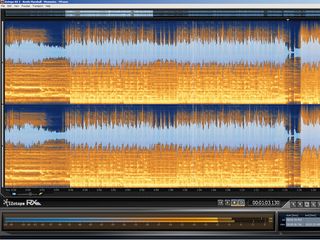
1. iZotope's RX2 lets you apply well-targeted gain reduction to specific areas of the spectrum. The spectrograph display (illustrating frequencyfrom bottom to top, time from left to right, and intensity as colour density) is overlaid with a conventional DAW style waveform amplitude display.
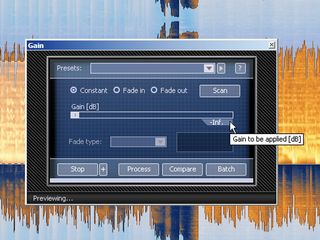
2. Using the mouse, it's possible to highlight a specific area of the mix and then apply selective gain reduction. In fact, it's possible to erasespecific areas note-by-note in a similar manner to something such as a photo-editing program.
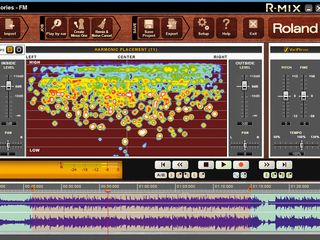
3. Roland's R-Mix takes this broad visual concept but now presents thestereo field from left to right (with frequency again from bottom to top). Intensity is represented by the colour of the spectra, making it relatively easy to home-in on specific mix elements.
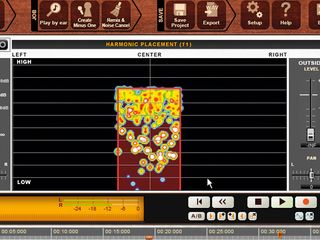
4. Once an area of the mix is located using the mouse selection tool(rectangular or oval in shape), the sliders marked Inside Level and Outside Level can be put to work. In effect, you reduce the 'inside' level to remove an element or reduce 'outside' to isolate.
Get the MusicRadar Newsletter
Want all the hottest music and gear news, reviews, deals, features and more, direct to your inbox? Sign up here.
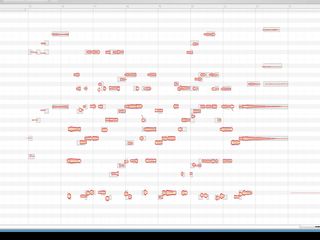
5. Celemony Melodyne works in a somewhat different way to the tools mentioned above - it analyses the audio in question and attempts to create a map of the notes therein. Once created, this map is overlaid on astandard piano roll from where the notes can be edited.
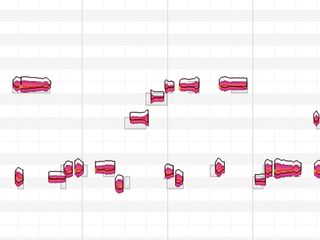
6. Detection can be more complex for polyphonic material. The process is overall better suited to adjusting note pitches and timing within the mix rather than removing or isolating them. On the DVD, you can hear howsome of these processes fare.
Future Music is the number one magazine for today's producers. Packed with technique and technology we'll help you make great new music. All-access artist interviews, in-depth gear reviews, essential production tutorials and much more. Every marvellous monthly edition features reliable reviews of the latest and greatest hardware and software technology and techniques, unparalleled advice, in-depth interviews, sensational free samples and so much more to improve the experience and outcome of your music-making.

"If I wasn't recording albums every month, multiple albums, and I wasn't playing on everyone's songs, I wouldn't need any of this”: Travis Barker reveals his production tricks and gear in a new studio tour

“My management and agent have always tried to cover my back on the road”: Neil Young just axed premium gig tickets following advice from The Cure’s Robert Smith











